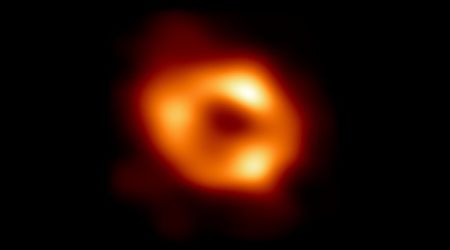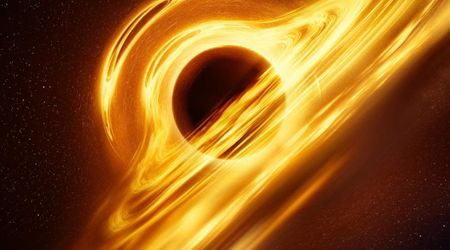Starship Flight 8 explosion caused by ‘flash' in engines, says SpaceX as it details cause of failure

A few days before the Starship Flight 9 launch, SpaceX released its investigation findings into the explosion of the Starship's upper stage, or "ship," during its March test flight (Flight 8). The eighth test flight, which took place on March 6 from Space's Starbase facility in southern Texas, largely mirrored the seventh flight. In both instances, the Super Heavy boosters (first stage) successfully returned to Starbase and were caught by the "Mechazilla" arms of the launch tower. However, the "ship" (upper stage) component of the starship did not fare as well in either flight, according to Space.com. The latest Starship flight on May 27 was also a failure, as after reaching space, the spacecraft lost attitude control and had an uncontrolled re-entry.

Flights 7 and 8 ended in spectacular explosions over the Atlantic Ocean, visible from Florida, the Bahamas, and Turks and Caicos, scattering fiery debris. Flight 7's ship exploded due to a propellant leak and fire in its "attic" section. Flight 8 followed a similar path, but its fiery end was caused by a "flash" in what could be described as its "basement." The "basement" mentioned refers to the section of the Starship's "ship" where its six powerful Raptor engines are located. For Flight 8, the "ship" was supposed to release four dummy Starlink satellites and, about 17 and a half minutes into the flight, then perform a controlled splashdown in the Indian Ocean near Western Australia around 50 minutes after liftoff. However, the "ship" never had the chance to complete these objectives, and the recent investigation reveals why.
Starship is designed to fundamentally change and enhance humanity’s ability to reach space. Its eighth flight test was a reminder of the value of putting hardware into a real-world environment as frequently as possible, while still maximizing controls for public safety, to… pic.twitter.com/O9j9BM2Iih
— SpaceX (@SpaceX) May 23, 2025
SpaceX reported that a "flash" occurred near one of the ship's central, sea-level Raptor engines, followed by an "energetic event" that caused that engine to shut down. Immediately after, the two other sea-level Raptors and one of the vacuum-optimized Raptor engines also stopped thrusting, sending the vehicle spiralling out of control. Approximately two minutes after the initial flash, SpaceX lost contact with the vehicle. This loss of communication activated the spacecraft's automated flight termination software, leading to its self-destruction. To this, SpaceX wrote, "The most probable root cause for the loss of Starship was identified as a hardware failure in one of the upper stage’s center Raptor engines that resulted in inadvertent propellant mixing and ignition."
While Super Heavy was successfully returned to Starbase and caught by "Mechazilla," its journey wasn't entirely smooth. Only 11 of the Flight 8 booster's 13 engines successfully reignited for its initial boostback burn. For the landing burn near the launch tower, 12 of the 13 engines relit, including one that had previously failed. SpaceX determined that "torch ignition issues" caused by localized overheating near the igniters were responsible for these engine malfunctions. To prevent similar problems on the upcoming Starship flight, SpaceX has added extra insulation to the affected areas, as mentioned on Space.com.
Additionally, SpaceX had said that the upper stage of the latest Starship would "receive additional preload on key joints, a new nitrogen purge system, and improvements to the propellant drain system. Future upgrades to Starship will introduce the Raptor 3 engine, which will include additional reliability improvements to address the failure mechanism." During Starship's Flight 9, the first half of the mission was as expected, proving that the team had worked on the faults from the last two flights, but during the second half, the Starship’s payload bay door got stuck and could not be opened. It prevented the deployment of the eight Starlink simulator satellites. Also, because of the altitude control error, the spacecraft lost control during its reentry, per the official statement shared by SpaceX.









